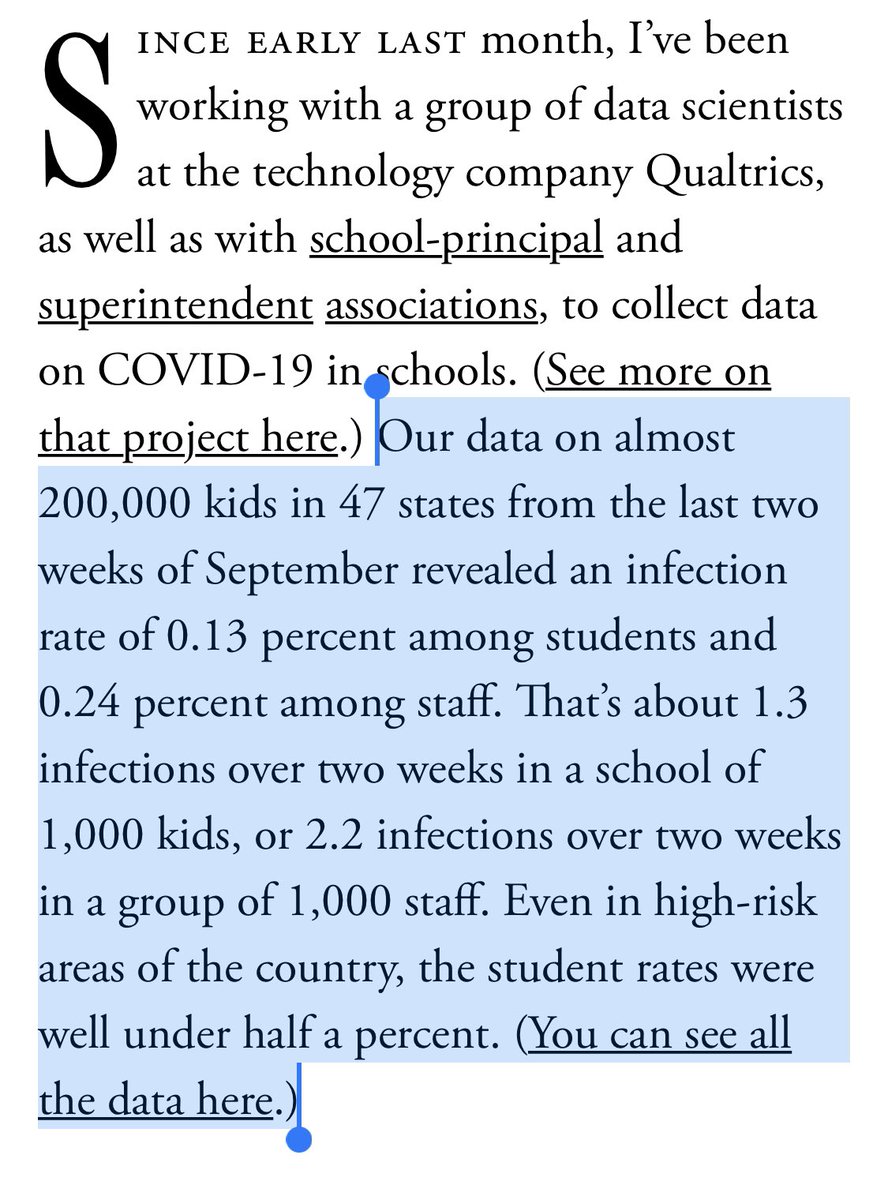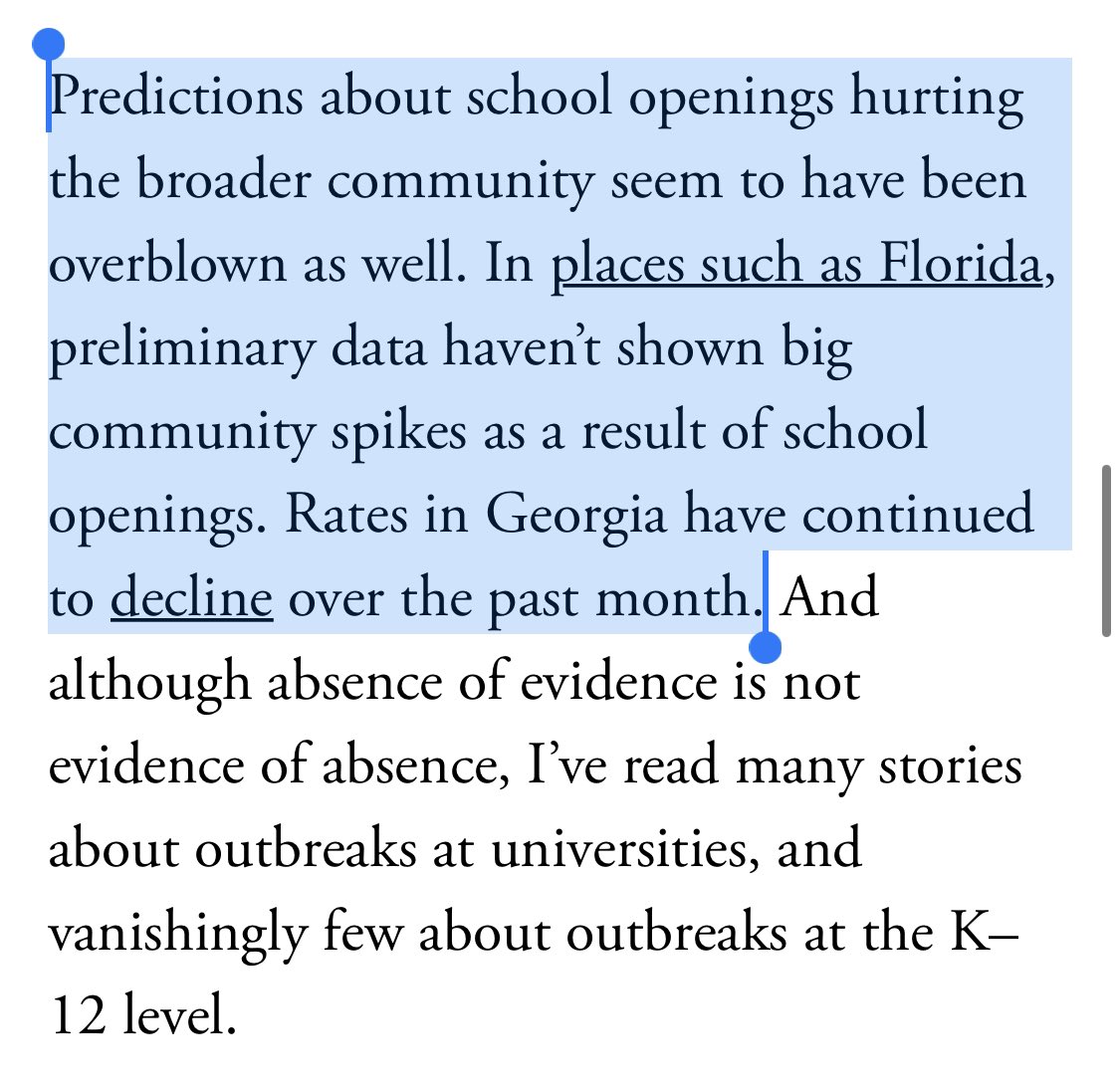
My fan-fiction CDC statement:
Dear America,
We now have enough data to say that the vaccines are highly effective at preventing transmission as well as severe outcomes. This is great news!
Most people who are fully vaccinated can feel confident their level of protection.
1/
Dear America,
We now have enough data to say that the vaccines are highly effective at preventing transmission as well as severe outcomes. This is great news!
Most people who are fully vaccinated can feel confident their level of protection.
1/
This means that people with fully functioning immune systems who are not on immunosuppressant drugs have strong protection against getting Covid-19 in nearly all situations.
This includes when you are outdoors or indoors with unvaccinated people.
However...
This includes when you are outdoors or indoors with unvaccinated people.
However...
Although infection rates are dropping quickly in many places, thanks to these wonderful vaccines, Covid is still spreading to too many people and we do not have enough people vaccinated to gain good control.
We also do not have a vaccine verification program.
Therefore...
We also do not have a vaccine verification program.
Therefore...
We ask that fully vaccinated people continue to wear a mask when in public indoor places for a while longer.
Your cooperation will help keep our communities safe while we continue to provide vaccines to those communities our vaccine programs have left behind.
Although...
Your cooperation will help keep our communities safe while we continue to provide vaccines to those communities our vaccine programs have left behind.
Although...
We know this has been a difficult year. We are all looking forward to ditching our masks and getting back to the activities and people we love.
Your help now will let us reach that goal faster. Your help now will save lives.
With love,
The CDC
Your help now will let us reach that goal faster. Your help now will save lives.
With love,
The CDC
• • •
Missing some Tweet in this thread? You can try to
force a refresh






